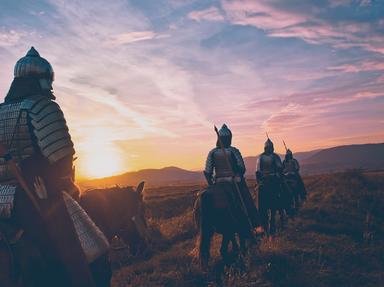Quiz Answer Key and Fun Facts
1. What was the original profession of John Dunlop - the inventor of the pneumatic tyre?
2. My mother's name was Nancy, and my maternal grandparents were Mary Shipley and James Hanks - who am I?
3. Which small animal is said to have been instrumental in the death of King William III of England?
4. Which invention, now seen all over the world, first appeared as a "joyride" at Coney Island, New York, in 1895?
5. What did Elisabeth Fry campaign for in 19th century England?
6. What mass produced item cost $950 in 1909, and $290 in 1925?
7. Which British military commander won the battles of Blenheim, Ramilles, Oudenarde, and Malplaquet?
8. During the 17th century, in which field of medicine did Nicholas Culpeper gain fame?
9. What happened at Alamogordo, New Mexico, USA, in July 1945?
10. The world's first cast-iron civil engineering construction, was built by Abraham Darby in 1779. Where is it?
Source: Author
delboy22
This quiz was reviewed by FunTrivia editor
bloomsby before going online.
Any errors found in FunTrivia content are routinely corrected through our feedback system.


